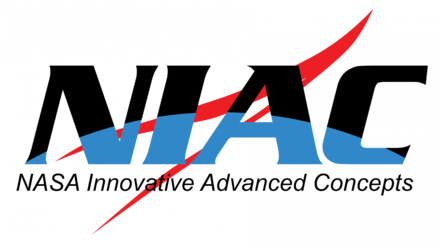Part 2 of 2 Parts (Please read Part 1 first)
This flexibility and autonomy that will be provided by the lunar FLOAT system is particularly important for NASA because it is getting more and more serious about its lunar base, especially with the Artemis program.
The Artemis project will mark NASA’s return to crewed lunar exploration for the first time since the Apollo program ended in the 1970s. The ambitious initiative will not only return people to the moon, but also establish a sustainable permanent base there. In addition to scientific research, the lunar base is expected to serve as a steppingstone for other missions in the solar system, especially those aimed at Mars.
Michael D. Griffin is a former NASA Administrator. He said, “The goal isn’t just scientific exploration. . . It’s also about extending the range of human habitat out from Earth into the solar system as we go forward in time. . . In the long run a single-planet species will not survive. . . If we humans want to survive for hundreds of thousands or millions of years, we must ultimately populate other planets.”
The lunar railway project has passed NASA’s Phase 1 program and will now move on to Phase 2. Phase 2 is still a preliminary phase. NASA will fund it with six hundred thousand dollars. In Phase 2, researchers will study the impact of environmental factors (such as temperature, radiation, and soil contamination) on the system performance and longevity of the railway.
At the end of Phase 2, the researchers intend to have a working prototype of the lunar railway on Earth in conditions that simulate the surface of the Moon. If everything goes according to plan, it should be ready to go in around a decade.
The goal of the Fluidic Telescope (FLUTE) project, is to create an innovative approach to building large optical observatories in space. Edward Balaban works at NASA’s Ames Research Center. He is leading the FLUTE project which aims to utilize fluidic shaping of ionic liquids to form large, adaptable optics. This technique permits the creation of expansive and versatile telescopic lenses that can be adjusted or reshaped while in orbit. This overcomes the limitations of traditional rigid materials.
Mahmooda Sultana works at NASA’s Goddard Space Flight Center. He is leading the ScienceCraft initiative. This initiative is dedicated to exploring possible contributions of Quantum Dot technology to space exploration. This particular project distributes Quantum dot-based sensors across the surface of a solar sail which converts the solar sail to an innovative imaging device.
Quantum dots are nanoscale semiconductor particles that can absorb and emit light at various frequencies. Their deployment across a solar sail allows the entire structure to function as a large, lightweight imager. This design utilizes quantum physics to facilitate scientific measurements across vast distances. This technology would give us increased capability to conduct detailed observations without the need for heavy, traditional spacecraft equipment.
John Nelson is the NIAC program executive at NASA Headquarters in Washington. He said, “These diverse, science fiction-like concepts represent a fantastic class of Phase II studies. Our NIAC fellows never cease to amaze and inspire, and this class definitely gives NASA a lot to think about in terms of what’s possible in the future.”
